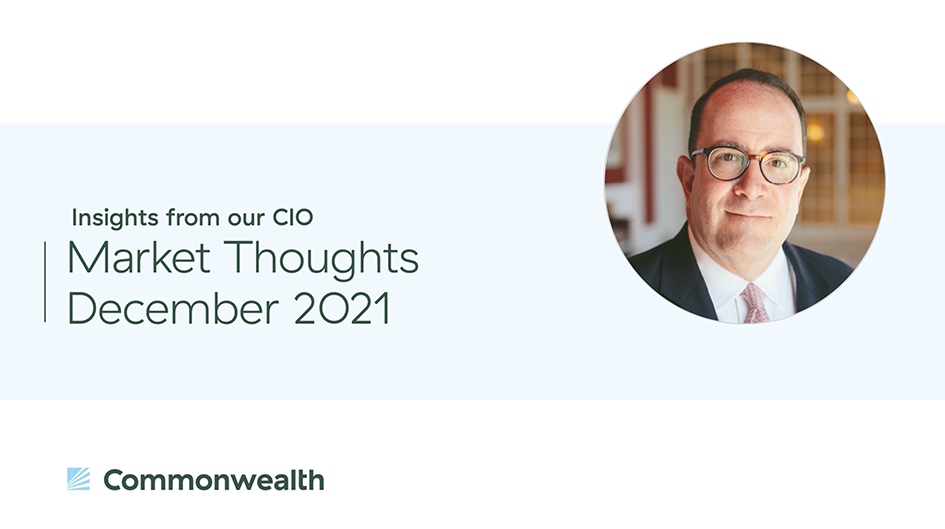Over the past month, we have done a couple of posts about ESG investing, notably from my younger colleagues. I have gotten—not pushback, really—but comments to that effect both on the blog and elsewhere. The feeling seems to be, at least to some extent, that ESG is different from what prior generations, which is to say old people (which is to say me), have looked at and that somehow this represents a change.














